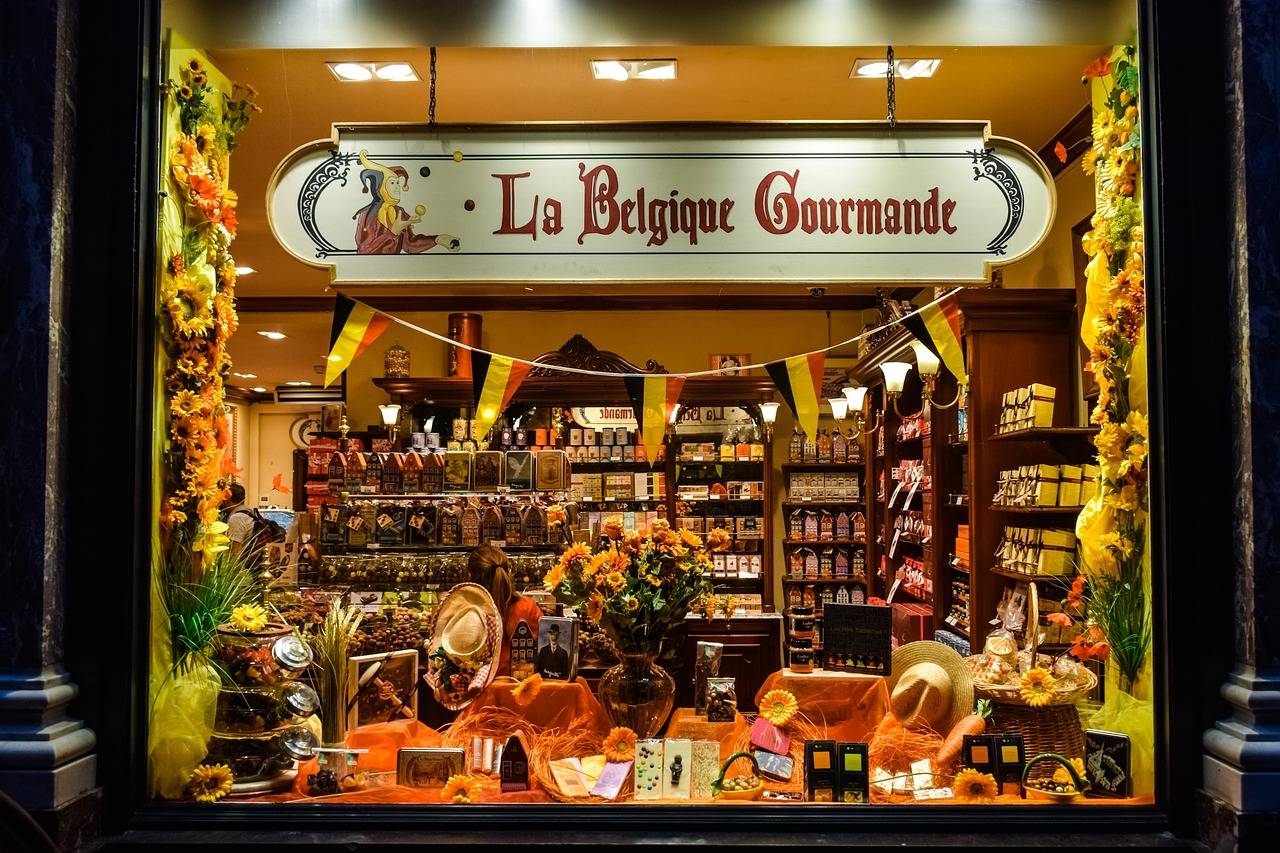Exploring the Impact of Gamification in Shopping
Gamification is the integration of game mechanics and elements into non-game settings, such as shopping experiences. By incorporating elements like challenges, rewards, and competition, gamification aims to engage and motivate customers in a more interactive way. In the context of shopping, this could involve activities like earning points for purchases, unlocking virtual badges, or participating in interactive quizzes.
Through gamification, retailers can enhance customer loyalty, increase engagement, and drive sales. By tapping into people’s natural inclination towards play and competition, brands can create memorable and enjoyable shopping experiences that set them apart from competitors. Moreover, gamification allows businesses to collect valuable data on customer behavior and preferences, helping them tailor their marketing strategies and product offerings to better meet consumer needs.
Benefits of Gamification in the Retail Industry
One significant advantage of incorporating gamification in the retail industry is its ability to enhance customer engagement. By incorporating game-like elements such as rewards, challenges, and points systems into the shopping experience, retailers can make interactions more interactive and enjoyable for customers. This increased engagement can lead to longer customer interactions, higher retention rates, and ultimately, increased sales.
Furthermore, gamification can help drive customer loyalty and repeat business. Through the use of loyalty programs, personalized recommendations, and exclusive rewards for loyal customers, retailers can incentivize shoppers to return to their stores time and time again. By fostering a sense of fun and excitement in the shopping process, gamification can create lasting connections between customers and brands, ultimately leading to a stronger and more loyal customer base.
Examples of Successful Gamification Strategies in Shopping
In recent years, retailers have been embracing gamification strategies to enhance the shopping experience for customers. One successful example is the use of loyalty programs that reward shoppers with points, badges, or discounts for completing specific tasks such as making a purchase, sharing products on social media, or writing reviews. These incentives not only encourage customer engagement but also foster a sense of loyalty and repeat business.
Another effective gamification strategy is the use of interactive quizzes or surveys within the shopping experience. By answering questions related to their preferences, interests, or style, customers receive personalized product recommendations or exclusive discounts tailored to their needs. This not only makes the shopping experience more enjoyable and engaging but also helps retailers gather valuable data on customer preferences and behaviors to improve their marketing strategies.





